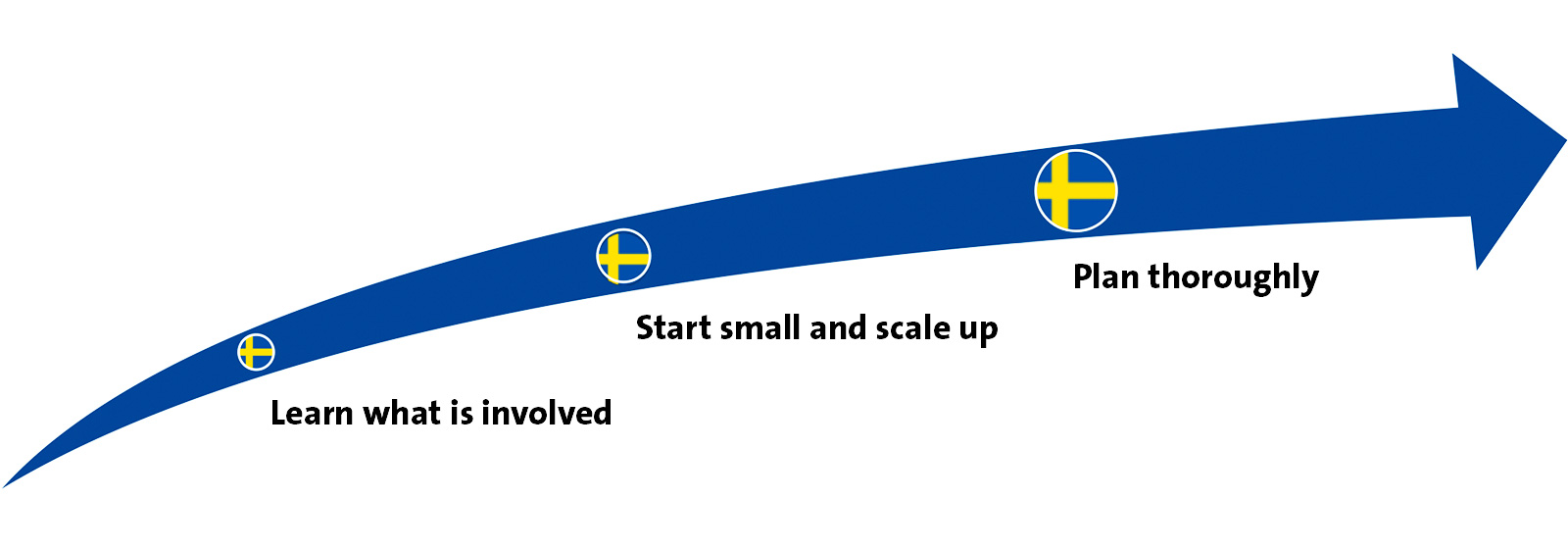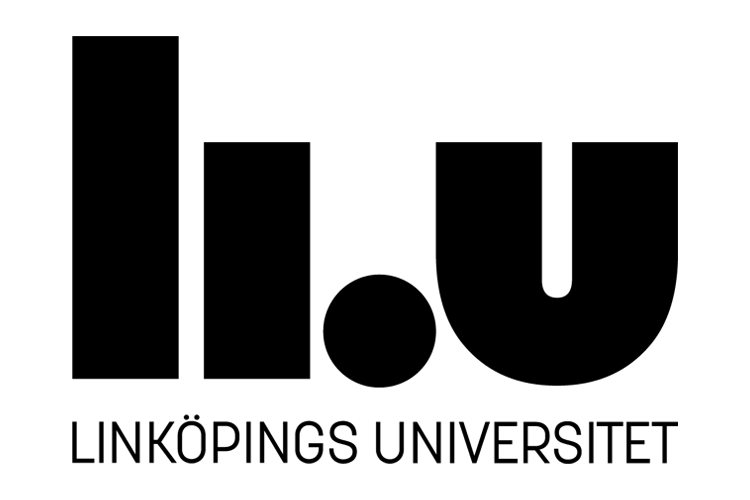Advice for industry researchers
To get the most out of measurements at synchrotron facilities, see it as a three-step process: gain knowledge, start on a smaller scale and plan carefully for beam your time.

Stage 1. Learn about what is involved
Getting relevant measurement results requires knowledge of the phenomenon you’re trying to measure as well as the beamline measurement technique.
Some tips to get started:
- Get in touch with researchers who both work in your field; and, importantly, who are also experienced in conducting measurements in synchrotron facilities.
- Find out more about the measurement techniques, and how to use them, by joining training courses. You find courses relevant to industry researchers here: Courses and hands-on training
Stage 2. Start small and scale up
Start at a manageable lab scale and begin a series of projects. These projects should successively build up your understanding of your material problem as well as your expertise in the types of measurement techniques that are used at PETRA III.
Some tips to scale up:
• Undertaking joint R&D projects with research partners
• Joining hands-on courses and workshops
• Taking part in a beam line experiment
Stage 3. Plan thoroughly for beam time use
As your understanding grows, you’ll be better prepared to plan beamline measurements. Such planning has 3 key aspects:
- Sample environments that are needed to mimic your material/process at the beamline. Is there a suitable sample environment? Do you need support to operate that sample environment?
- Beamline support. Setting up and making measurements is complicated and takes time - and beamlines run 24 hours a day. How much support will be needed at the beamline? Who can provide you with qualified, trusted, support?
- Data analysis of the vast volumes of data you'll produce. Do you have suitable data storage, computing power and programs? Do you have the competencies and time, or need support, to analyse your data?
Planning strategies
When planning measurements at PETRA III, some strategies to consider include:
- Initially conducting beamline measurements using open access research. Then, as your development work becomes more commercially significant, start to pay for beam time access and support.
- Consider whether you can get support e.g. from the Swedish Innovation Agency's as well as from EU Projects such as Calipso.
- Spreading your beamline measurements over time. That way you can capture the lessons learned as you go along - and get the most out of each set of beamline measurements.



